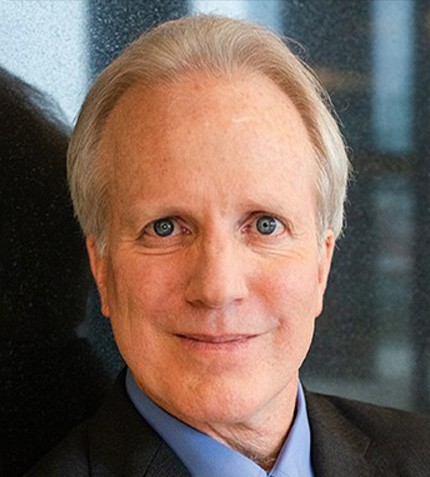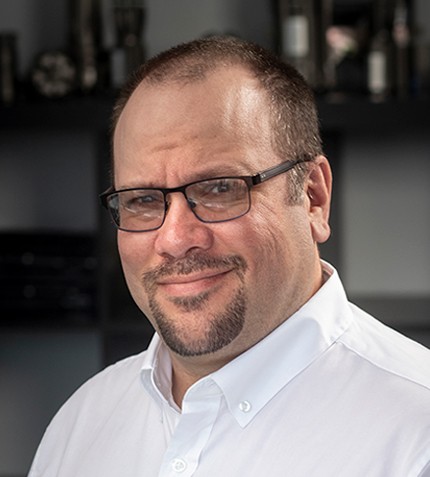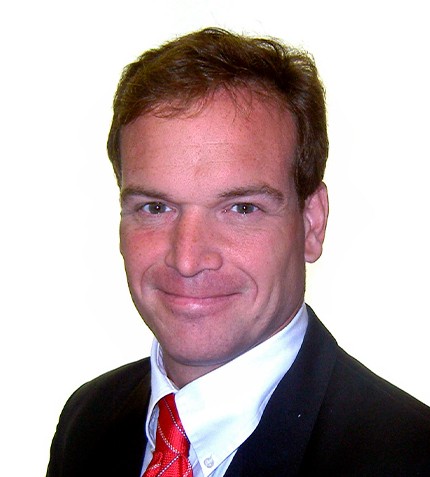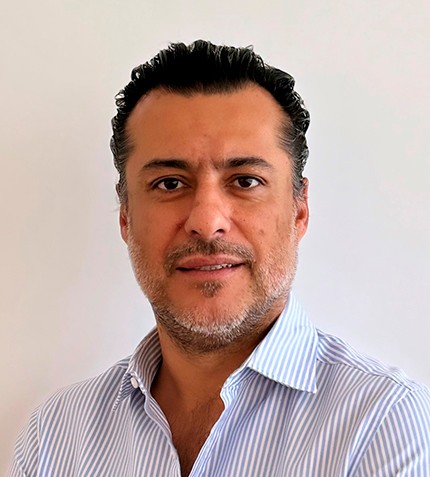
"The Rio Tinto investment made was at a very favorable valuation which was less dilutive for our shareholders than a traditional financing, as well as being a considerable endorsement from one of the world’s largest mining companies."
John Black
CEO, REGULUS RESOURCES
Rio Tinto’s Nuton group recently invested over C$20 million for a 16% stake in Regulus Resources (TSXV:REG). What do you think was the impetus behind this investment?
Rio Tinto was one of several large companies that have been monitoring our project. Prior to announcing the recent investment agreement we had been interacting with their exploration group, and more recently their Nuton group. The investment made was at a very favorable valuation which was less dilutive for our shareholders than a traditional financing, as well as being a considerable endorsement from one of the world’s largest mining companies, not only for AntaKori and the long-term vision of our management group, but also as a vote of confidence in Peru.
The agreement presents an opportunity for Rio Tinto to test their Nuton primary sulfide leach technology, particularly in the setting that we are in. Keep in mind that Rio’s large La Granja project is also situated in Cajamarca and shares similar styles of mineralization. Therefore they can evaluate whether AntaKori could be a project they want to participate in to a greater extent in the future, as well as learning more about the applicability of Nuton technology on similar rocks.
What is Nuton technology and how important is its success for the economic viability of your project?
Nuton is a technique which would allow the leaching of primary copper sulfides. There are generally two methods of processing copper mineralization for large porphyry deposits. Oxide or secondary sulfide material can be extracted using SXEW heap leaching to produce metal on site, however primary copper sulfides have traditionally required concentration in a more extensive process that produces tailings and requires shipping to a smelter. Nuton’s advantages include not having to mill the material, eliminating tailings, using considerably less water, and by producing copper cathodes on site you save a lot of logistical and smelting costs. From both an ESG and financial standpoint, it could be quite a game changer.
However, it is important to note that the technology is not necessary for our project to work. I strongly believe that it will as we move forward, but we have a number of pathways we can process our mineralization. Gold-focused companies prefer to pursue pressure oxidation – a large autoclave – which is a more expensive way to extract metal but gives better recovery for precious metals. A traditional milling operation would also be viable considering the high-grade material and low strip ratio at AntaKori.
Can you elaborate on the district setting around AntaKori and why consolidation is attractive?
AntaKori is located in Cajamarca, northern Peru, 35 km from Newmont’s Yanacocha copper-gold deposit, 6 km from Gold Fields’ Cerro Corona mine, and immediately adjacent to the Tantahuatay mine owned by Compañia Minera Coimolache (CMC) – a JV between Buenaventura (as the operator), Southern Copper and ESPRO. CMC is heap leaching the oxide cap at Tantahuatay for gold, but is predicted to stop mining oxides in 2027. The oxide cap overlies a much larger copper-gold sulfide deposit at depth, which is partly on CMC’s ground and partly on our ground. Considering that Tantahuatay is expected to run out of ore in about four years, a situation is emerging which would allow the mine to expand into a much larger operation. We believe that for this to happen at optimal scale, the district should be consolidated in one form or another. This would facilitate the transition to a multi-generational mine that not only benefits the companies involved, but also provides significant opportunities for Cajamarca and Peru.
On February 15th, 2022, Regulus announced it had earned into a 70% interest in the Colquirrumi claims adjacent to AntaKori. What is the significance of this news?
Regulus had the right to earn up to a 70% interest in the Colquirrumi claims by completing 7,500 m of drilling, and once we had triggered this, Buenaventura (as the operators of CMC) had 90 days to decide whether to exercise a one-time claw-back option, whereby it could keep a 70% interest in the claims by paying Regulus US$9,000,000 and granting Regulus a 30% interest. Buenaventura did not elect to trigger this option, but retains a 30% interest in the claims as our joint-venture partner. We view this as positive.
Our drilling on these claims has demonstrated that they host significant mineralization that is open for expansion. Furthermore, this ground has substantial strategic value as any large mining operation would likely need to incorporate the Colquirrumi claims both to expand resources and for the layback of an open pit. By becoming operator of these claims, Regulus has substantially increased its land position in a prolific mining district. We look forward to working with Buenaventura as a joint venture partner on this ground.
In 2010, the Regulus management group sold Antares Minerals to First Quantum for C$650 million. What lessons did you learn during that process?
Our strategy is to use our knowledge of the geology of the Andean Cordillera to identify projects that have potential to be very large copper-gold deposits, acquire at a low ebb in the market for an attractive valuation, drill out and de-risk to demonstrate they can be developed into an economic mine, and then monetize by selling to a major. One of the main lessons we learned from Antares was that developing an asset is much more than just drill holes – you also need to ensure you have good social license and community relations, as well as issues such as identifying water sources and how to manage tailings.
Another lesson would be how quickly things can change. In 2008, Antares was trading at C$5 per share, before the global financial crash in 2009 caused our price to drop to C$0.38. However, within 18 months of this low we sold the company to First Quantum for C$9 per share. If you believe the thesis for copper, and believe in the management team and project, it is worth accumulating a position, because when market conditions improve things can run quickly and you do not want to miss the boat.
How would you define the investment thesis for Regulus Resources in 2023?
Regulus has already identified a sizeable copper-gold deposit, with the 2019 resource estimate for AntaKori showing over 500 million tonnes of very attractive mineralization with very low strip ratio and high-grade material on surface. We are in a brownfield setting – it is much easier to develop a mine which is an expansion of an existing operation – and a combined ‘TantaKori’ project would provide long-term sustainable benefits for communities for generations.
From an investment standpoint, this project is of the scale that would alert the interest of all major companies, at a time when the world requires substantially more copper to move towards a lower-carbon, green-energy economy.










